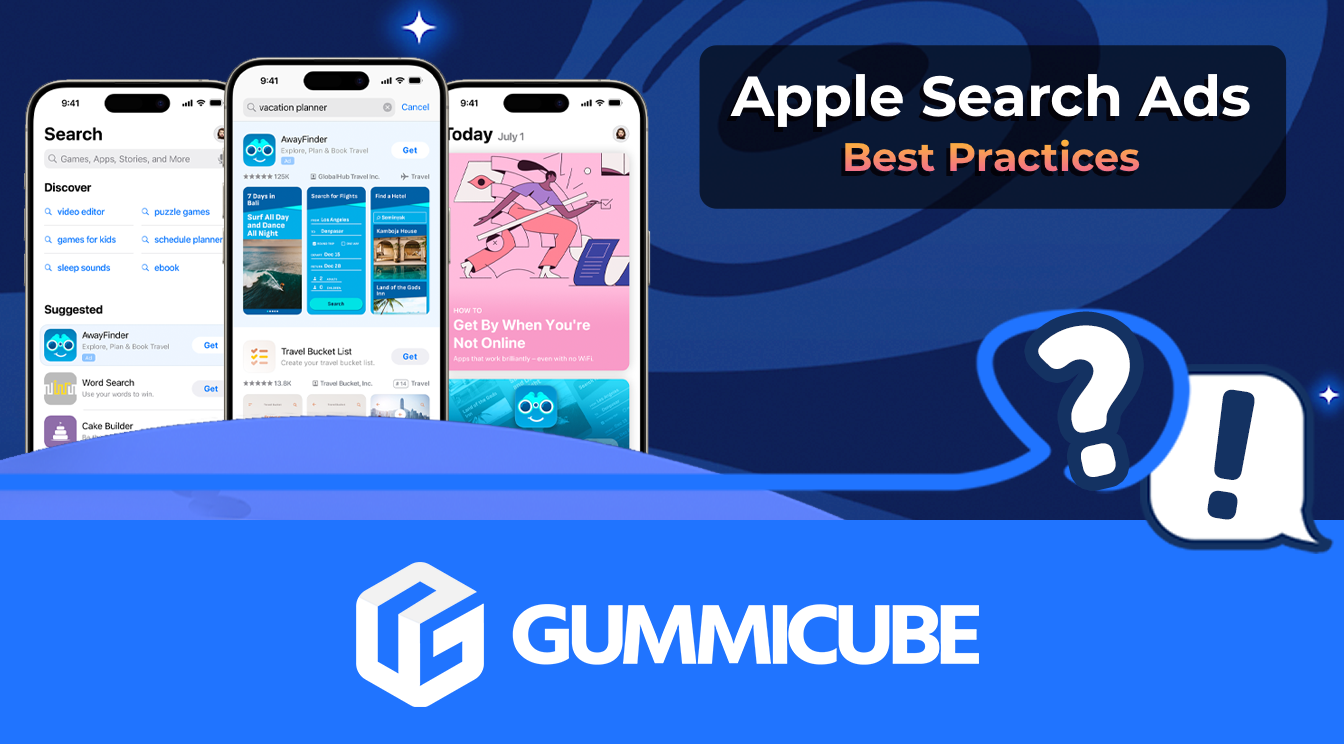
5 Best Practices for Apple Search Ads
Posted on July 3rd, 2024
Are you leveraging Apple Search Ads the right way? Take a look at these recommendations to optimize your paid campaigns and target the right users.
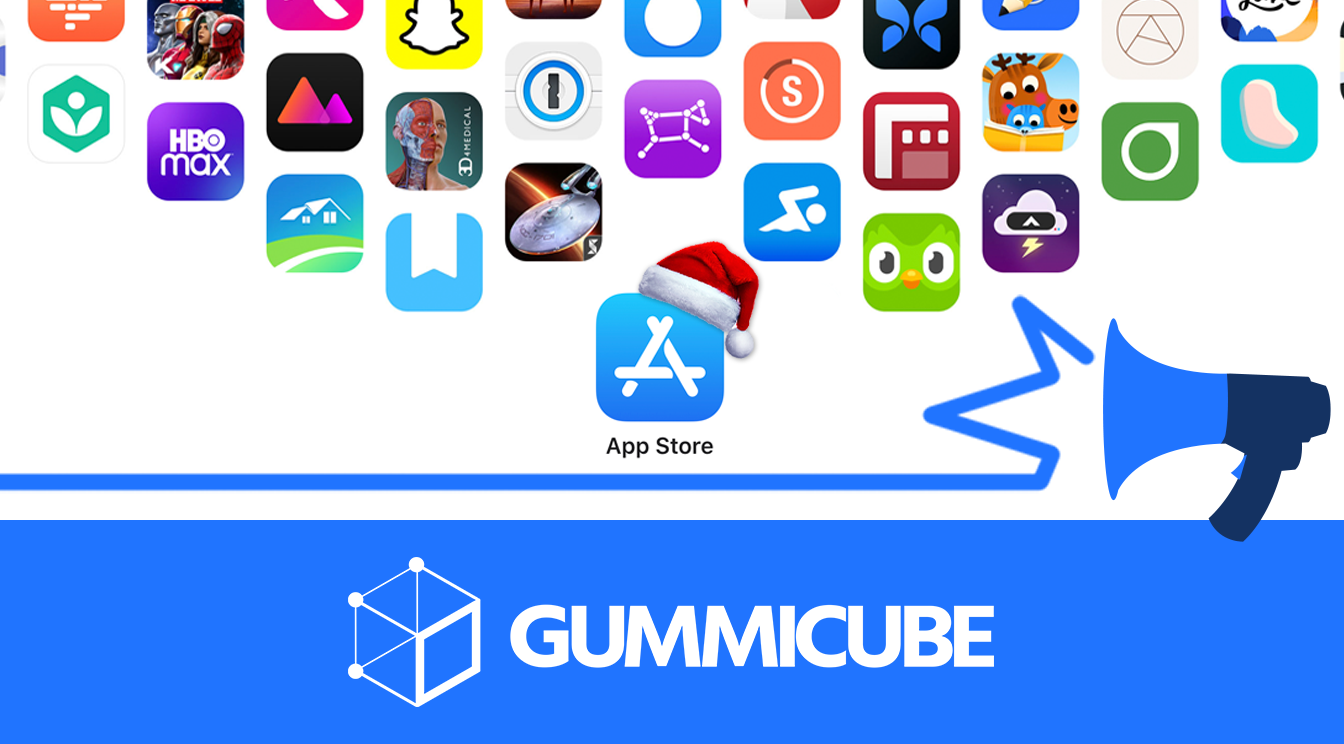
Each year around the Holidays, Apple sets aside some time for their review team to relax and spend time with family and friends. The shutdown itself usually lasts around a week, during which App Store Connect will no longer accept new apps or updates to existing apps.
This year for the first time, Apple’s Holiday Schedule will not involve a full shutdown. Due to the high volume of apps that will be submitted during this time, developers should still start planning now so they can be sure that they are prepared.
Even though the reviewers will not be away, due to the immense volume of app reviews expected to be incoming, releases should be scheduled, submitted and approved in advance. The review process takes time on the App Store, and to prevent delays developers should aim to submit their apps well in advance of the end-of-year.
If an app is submitted near the holidays, it may fall low in the massive queue of apps waiting to be reviewed. Even then, the built-up backlog and influx of new approvals may mean the release won’t go out until the new year.
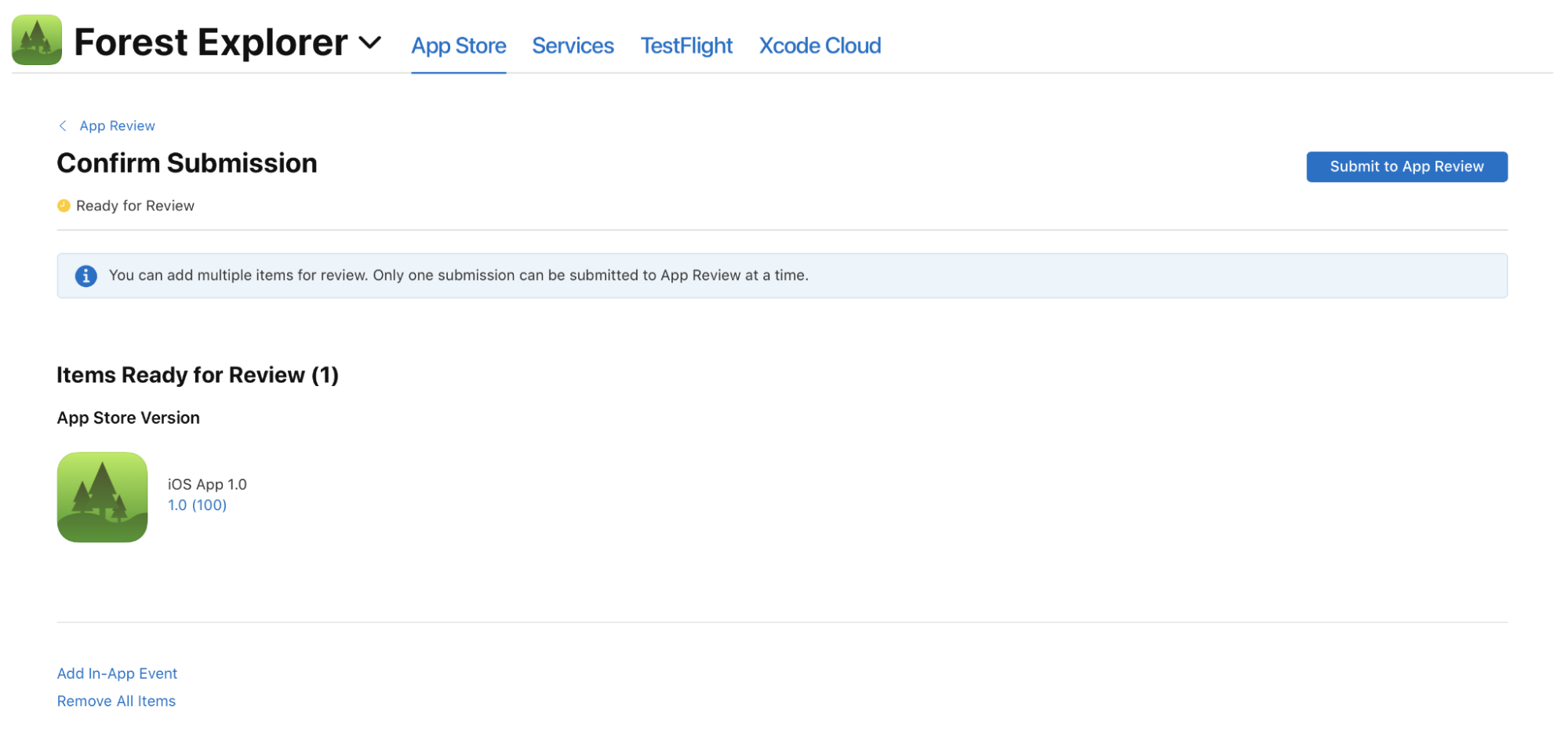
Developers should try to have their apps submitted for review around a week before the holidays. This should not only allow time for reviewers to get to the app, but it should also allow some breathing room for any adjustments that might be needed in case of a rejection.
Historically this unspoken “submit by” date has been December 18th, depending on the day of the week. Although no shutdown will technically occur this year, developers should likely aim for somewhere between the 15th and 18th of December.
Many developers rush to get their new apps and updates out as the holidays approach, so the earlier the better. Otherwise, the update runs the risk of not going live for new users installing apps on the new devices they received as gifts (or gifted to themselves).
If there is a major update or bug fix going out, then it is a good idea to submit as early as possible to avoid unnecessary delays. Ideally any significant update or brand new app should be submitted before the 15th. There are other circumstances that would necessitate submitting early, especially if there are aspects of an app that have the potential to lead to a rejection the first time around.
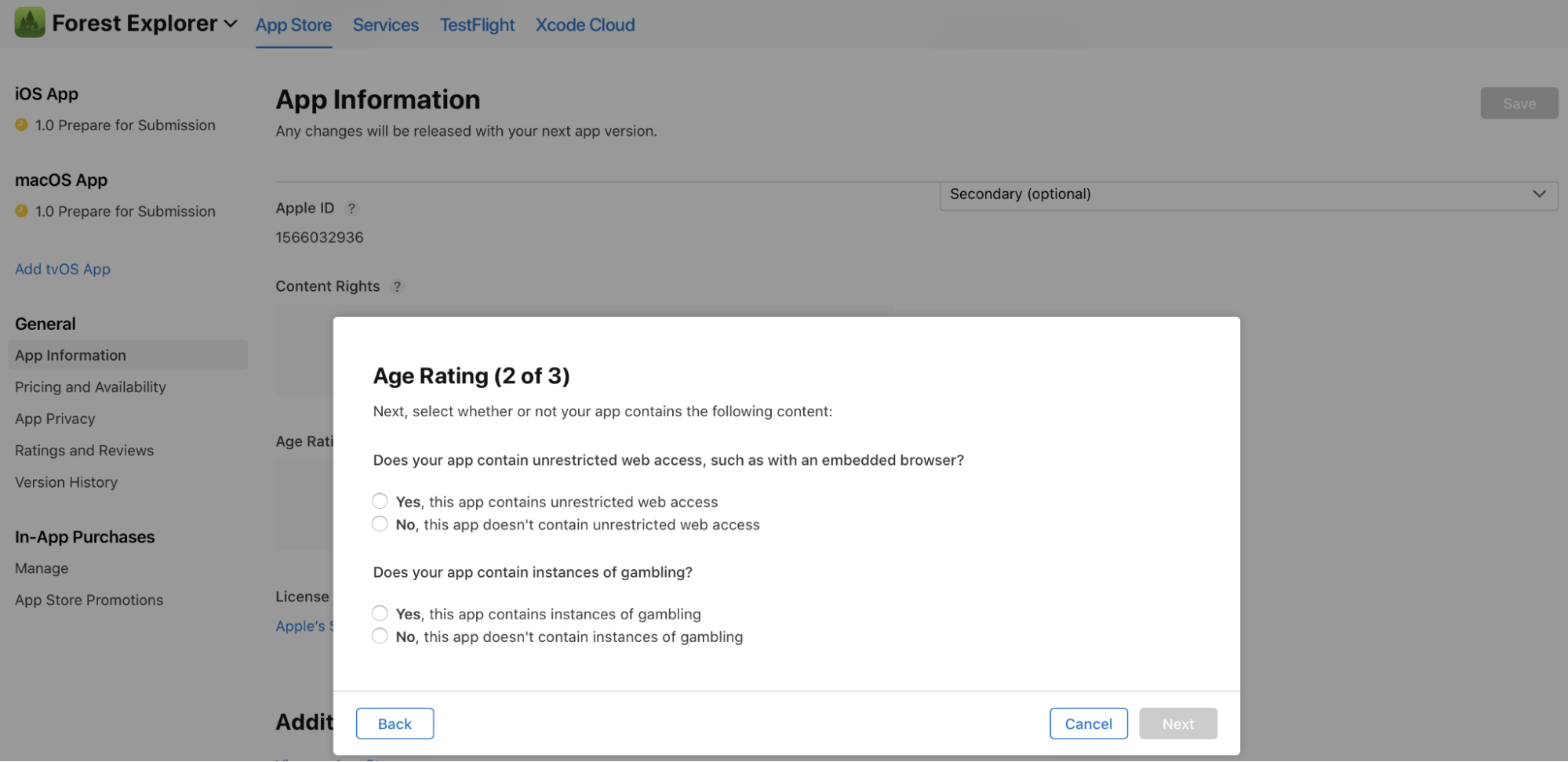
A few criteria that run the risk of longer review times and possible rejection include:
Even if the above items are not applicable, brand new apps from new developers may have a longer review time as they undergo an initial vetting process. A rejection could mean several cycles back and forth in the Resolution Center with an App Store Review representative, leading to further delay and potentially not going live before the holidays.

Developers should still do their due-diligence in making sure the review process can go as smoothly as possible to prepare for the end-of-year busyness. Reviewing Apple’s App Store Review Guidelines prior to submitting can help ensure everything goes as smoothly as possible.
Apps should be tested for any performance issues well before it comes time to submit, which is nothing new but especially important during a time where a rejection could mean the inability to go live until next year. This not only helps prevent being rejected due to bugs or instability, it also assures users will have a more positive experience over the holiday break.
When it comes to assuring user satisfaction, adding or removing features should either be done well before the holidays or postponed until the new year. During the holidays developers may experience delays rolling back any new features or mechanics that are not being received well, which could lead to negative reviews and uninstalls.
Developers who have decided to don holiday imagery or other seasonal treatments on their apps should plan ahead for when they intend to revert back to normal. The best way to do this is to submit an app for review before the holidays, and select manual release or scheduled release. Once Apple approves the app, then the developer can decide when the changes should go live.
For some, reverting back to normal should happen the day after Christmas, while others may wish to keep the holiday spirit going strong through new years eve. Regardless of which plan is most suitable, the planned release should be incorporating ASO best practices for the new year.
Apple’s annual Holiday Schedule will look quite different this year, but developers should still start planning their end-of-year release strategy soon. While the normal functionalities will still be available, App Store Connect will experience an influx of many apps awaiting review, so developers should get ahead of the crowd and submit builds as soon as feasible.
Want to learn more about App Store Optimization? Contact Gummicube and we’ll help get your strategy started.

Are you leveraging Apple Search Ads the right way? Take a look at these recommendations to optimize your paid campaigns and target the right users.
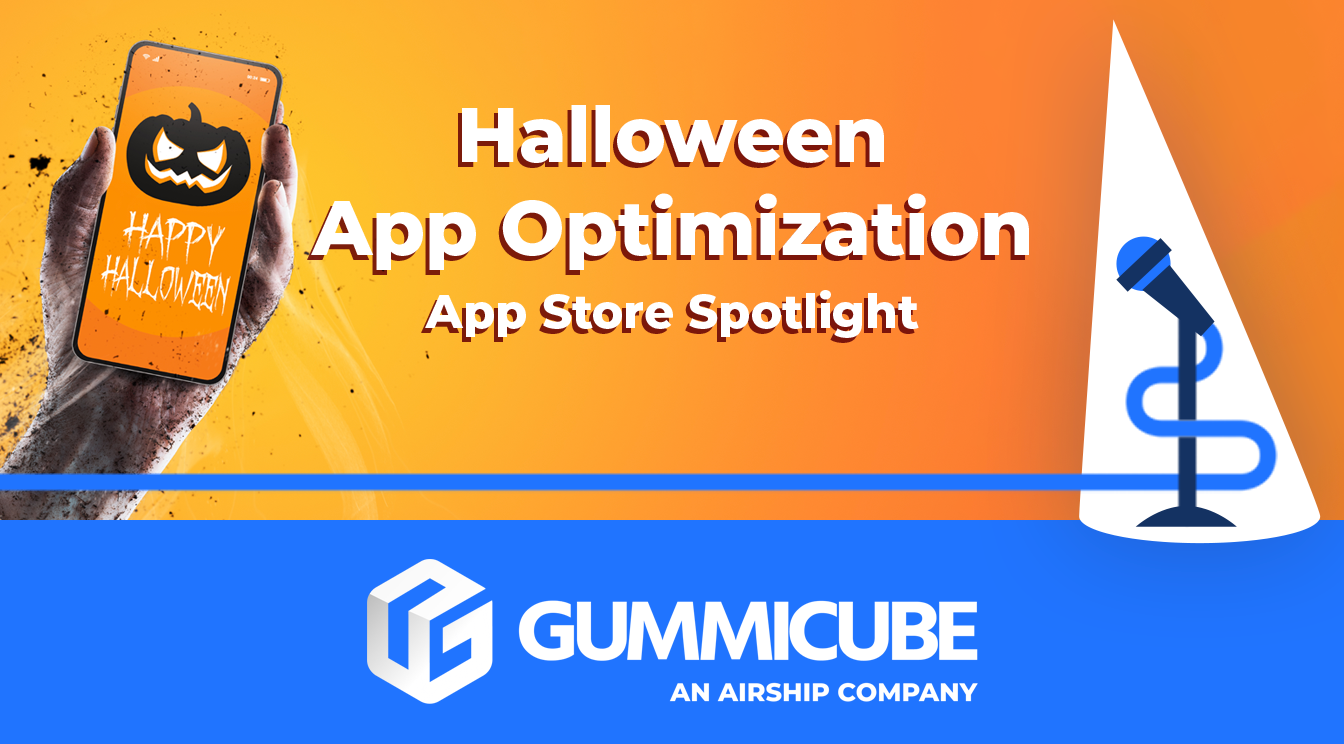
Ghostly happenings are among us... and in your app listing too? If you aren't leveraging the power of app seasonality to make relevant tweaks to your store listing you're leaving precious engagement and conversions on the table.
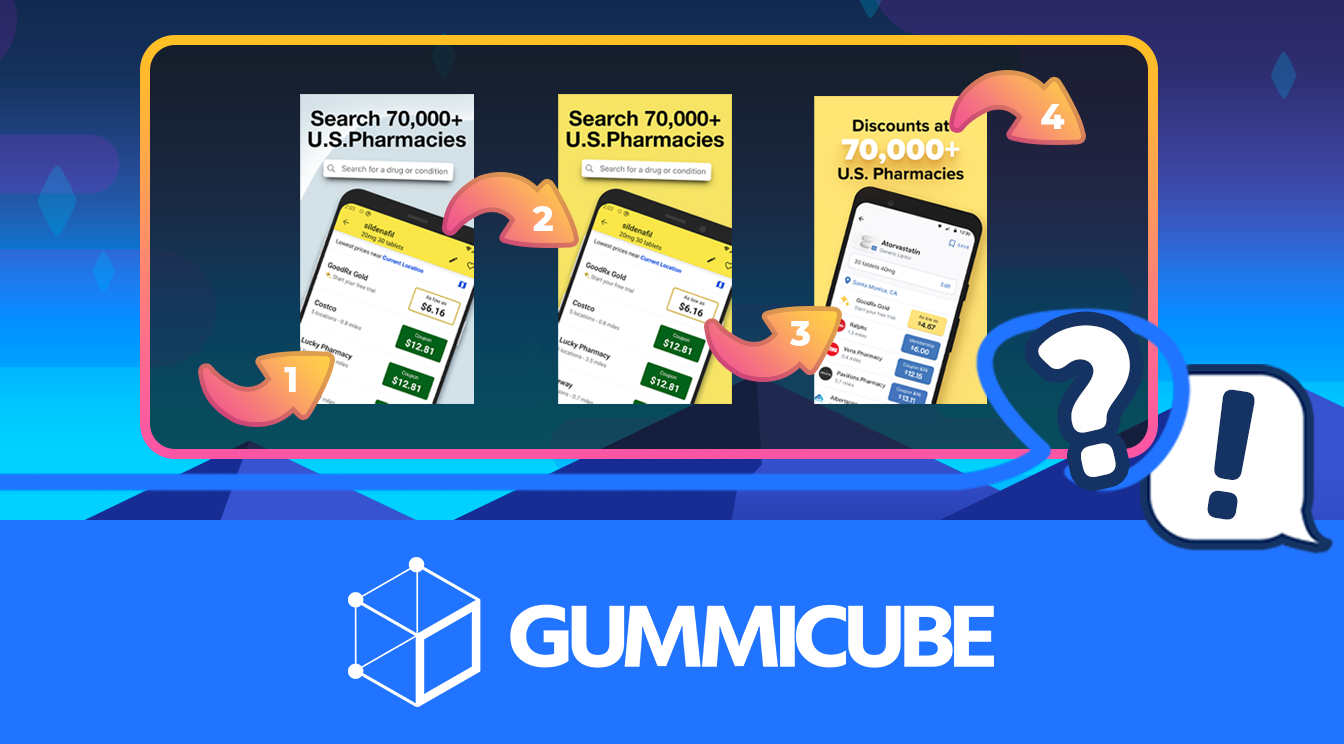
App Store Optimization is an involved process that should be regularly revisited based on recent changes in trends. Iteration is one of the key drivers for success in ASO.